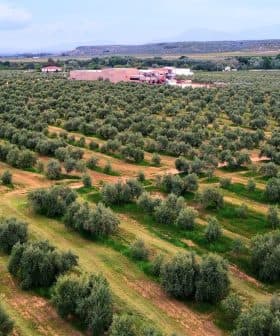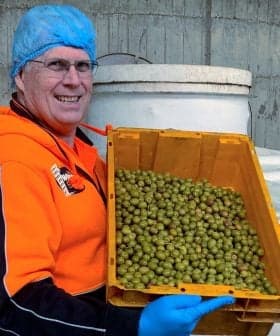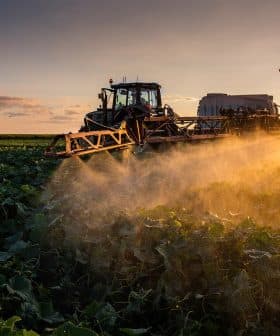 12.6K reads
12.6K readsProduction
Olives Among Foods with Lowest Level of Pesticide Residues in Europe, Study Finds
A 2019 report from the European Food Safety Agency (EFSA) found that pesticide residues on olives in the European Union mostly fell below legal limits, with 96 percent of samples analyzed below the maximum residue level. The report also showed that olives were among the safest foods examined, with very low levels of pesticide residues compared to other foods like milk, wheat, apples, tomatoes, and grapes.
Pesticide residues found on olives grown, processed and marketed within the European Union in 2019 mostly fell well below the legal limits, according to a report from the European Food Safety Agency (EFSA).
The latest EFSA report shows contaminant levels on olives among the lowest of all foods available to consumers.
Published in April 2021, the 2019 EFSA report analyzed the results of sampling on a wide variety of foods examined by the member states’ national authorities and the dedicated agencies of Norway and Iceland.
See Also:Olive Flies in Spain Are Immune to Common Pesticide, Study Finds“For 2019, 96 percent of the overall 96,302 samples analyzed fell below the maximum residue level (MRL),” the report said.
Breaking down those figures, 57 percent of all samples did not contain quantifiable residue levels, while just under 40 percent showed residues that did not exceed the legal limits. Nearly four percent of all samples showed an illegal level of pesticides, which in many cases led to sanctions or other enforcement actions.
In the unprocessed food category, 84 olives grown for oil production were sampled. Of these, 69 percent (58 samples) had negligibly low levels of pesticide residue on them. An additional 26 percent (22 samples) had pesticide samples below the legal limit. However, the last four samples exceeded the legal limit.
The situation for table olives was very similar. EFSA examined 88 samples and found that 84 percent (74 samples) did not contain quantifiable residue levels, while 11 percent (10 samples) had pesticide levels below the legal limit. Only four samples exceeded this limit.
In its report, EFSA took into consideration the use of multiple pesticides in unprocessed food products. The report found that when it comes to olives, the use of more than one pesticide seldom occurs.
Six hundred and forty-one samples of olives for oil production examined by national agencies and reported to EFSA did not show any quantifiable pesticide residues. Meanwhile, 64 samples showed the presence of a single pesticide while 17 had residues of multiple products.
See Also:Europe Plans to Triple Agricultural Land Dedicated to Organic Farming by 2030These figures place olives among the safest food, faring better than milk, wheat, apples, tomatoes or grapes.
The latest report did not include olives in the special section of the European Union control program, which focused on some of the most popular foods on the market.
However, more than 3,000 olive oil samples were taken into consideration in the 2018 report, which was published last year. EFSA found that pesticide levels in olive oil significantly dropped. In 2015, 0.9 percent of the samples exceeded the MRL, with that figure reduced to 0.6 percent in 2018.
Considering all examined samples for its latest report, the food agency found 799 different pesticides being used within the European Union.
EFSA also observed that unprocessed food exceeded the MRL more often than processed food, with four percent and 2.8 percent of samples exceeding legal limits, respectively.
Among the study’s conclusions, EFSA found a slight reduction of pesticides used in 2019 compared to the previous year. The percentage of non-compliant samples dropped from 4.7 percent to four percent of all examined samples.
The report also found that the amount of samples with no quantifiable residues grew from 50 percent in 2018 to 55 percent in 2019.









